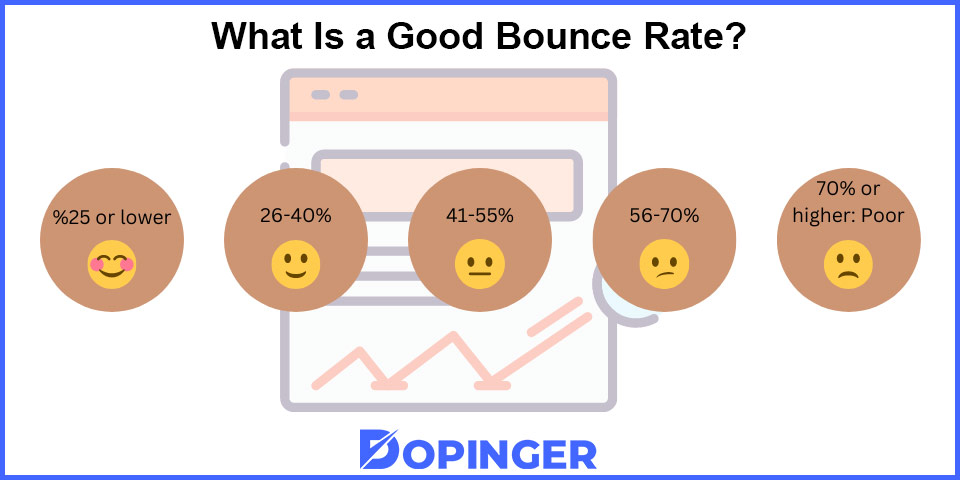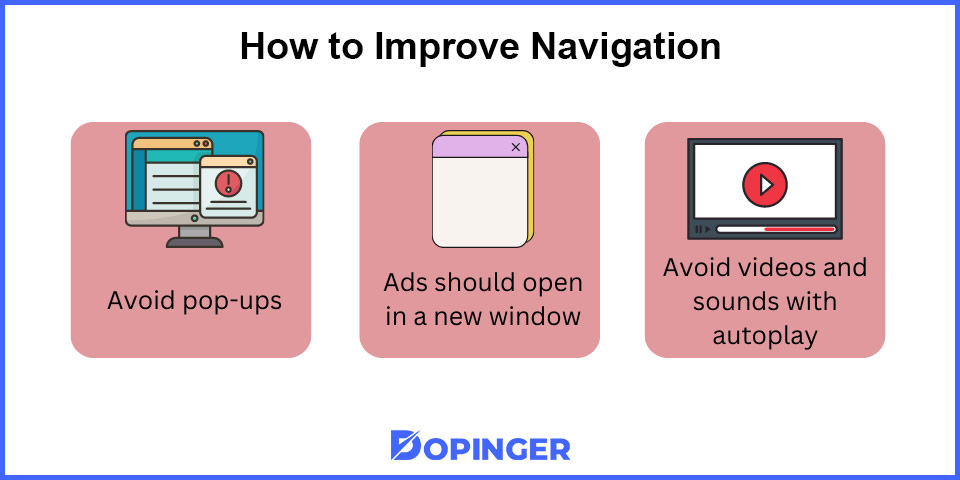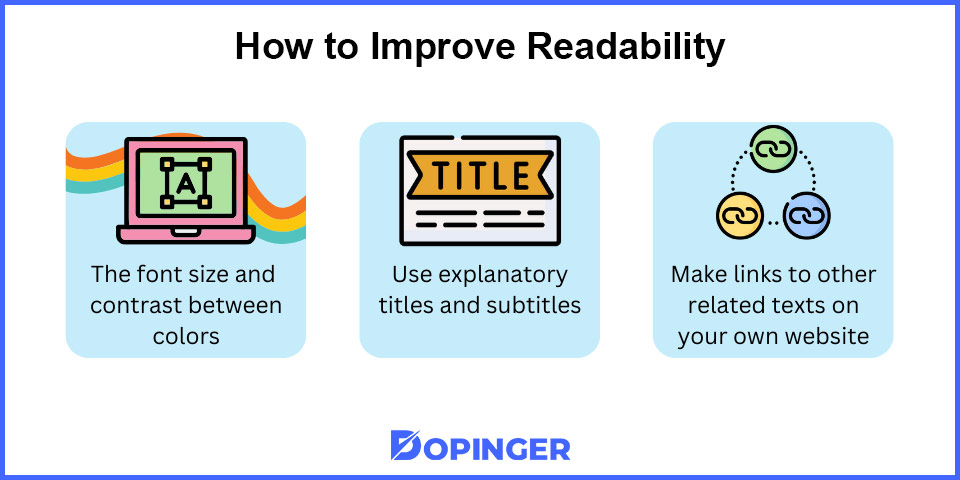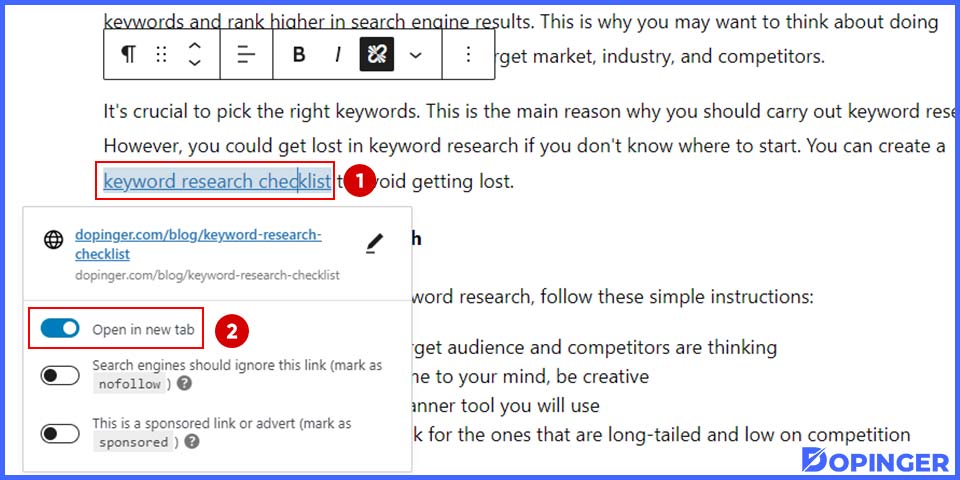If you have high traffic to your website but no conversions, you may need to check if you could reduce the bounce rate with Google Analytics.
The bounce rate differs from the exit rate, which is probably more commonly known to many people. The bounce rate is used only to calculate one arrival and completion, meaning that people who come to your site leave your website without moving from one page to another. Many questions may pop into your head: Is a bouncing rate close to 100% good or bad?
You need to know that keeping the bounce rate as low as possible is essential and must be considered. The rule is that the smaller the bounce rate, the better. Because it indicates that your site visitors get benefits and feel at home for a long time on your website, should you ignore this metric? And if you want to fix it, what must be done?
Let’s start by understanding the bounce rate and how we can reduce it.
What is Bounce Rate?
A bounce rate goes by definition as a percentage of visitors who leave your website after viewing only one page. Even users who were idle on a page for more than 30 minutes before exiting were counted.
You might think that the lower the bounce rate, the better the website will perform. But if the bounce rate is too low, that can also be a problem.
How to Check Your Website Bounce Rate?
It is important to check the bounce rate of your website regularly. Here are the steps for checking the website bounce rate;
- Sign in to Google Analytics.
- Go to ‘Behavior.’
- Click on ‘Summary.’
- See the overall bounce rate for a specific duration.
Note: We recommend clicking on ‘Site Content’ and selecting ‘All Pages’ or ‘Landing Pages’ to see a more detailed analysis per page.
What Is a Good Bounce Rate?
After discussing what is bounce rate and why is it so crucial to your website? The next question that crosses the minds of digital marketers is, what is a reasonable bounce rate?
Websites have different bounce rate percentages ranging from 26% to 70%. Meanwhile, if we look at the average value is 45%. For the standards themselves, a reasonable bounce rate is as follows:
- 25% or lower: There is a chance that your website may crash
- 26-40%: Good enough
- 41-55%: Average
- 56-70%: Fairly good than most
- 70% or higher: Poor

Even so, the above standards do not apply equally. We need to relate it to the purpose of the existing website pages. Visitors will come and browse your site if you can target relevant keywords and content. The search engine will assist your site in providing traffic to your site. Therefore, make content that is relevant and useful to your visitors.
How to Reduce Bounce Rate
After checking the bounce rate of your website, it is time to take action. You follow the steps below to reduce the bounce rate.
Speed Up Your Site
We’ll start with your site speed first! According to Kissmetrics, 47% of consumers expect a web page to load in 2 seconds or less. If your website is slow by any chance, any of the users might become tired of waiting and click back to try loading another site. Most likely, Google Analytics will log a visit and a bounce from the moment the analytics.js script was run.
One of the best ways to make your website faster is by implementing a Content Delivery Network (CDN). The CDN will cache copies of your data on servers worldwide and deliver it to users at lightning speed. In addition to implementing Cloudflare’s CDN, we also recommend optimizing the site’s performance.
Fix HTTPS Pages With Mixed Content
Mixed site content warnings appear when pages transmitted over HTTPS contain HTTP content. Such a connection is considered partially encrypted and not secure. It can be intercepted and changed. This can be a big problem for sites that have not fully translated the site content to HTTPS. All content sent over HTTP will not work correctly (anything that works through scripts: sliders, pop-up forms, etc.). To take advantage of the SEO benefits of HTTPS, site owners should always test their assets across all browsers.
Chrome browser warns about mixed HTTPS content by simply showing a gray icon instead of a green padlock. In Mozilla Firefox, a small gray circle signals a problem; if you click it, you will see a corresponding message. Sometimes, the browser can block the loading of unprotected parts of the page, completely breaking your page. You will likely lose many users if your site has warnings about unprotected or mixed content. And yes, it will be considered a failure! Take the time to get rid of mixed content.
Stop Using Pop-Ups
In 2013, research showed that 70% of users find pop-ups inappropriate and very annoying. So if you have a high bounce rate, try turning them off and see if that helped lower it.
If you intend to use pop-ups, we recommend setting a timer on them so that they do not pop up immediately after the user comes to your site. Or, make an exit-intent pop-up that will only show if someone hovers over the close button. These two methods are less intrusive and will hopefully contain your bounce rate by making it possible to get additional subscriptions.
Improve Navigation (Usability)
This is the fault of many sites. Navigation greatly impacts bounce rate because it shows you exactly where to click. It would be best to ensure that the visitor can easily find what he is looking for on the site.

Make sure you never interrupt a visitor’s browsing.
- Avoid pop-ups and lightboxes,
- Make sure that third-party ads will open in a new window and will not redirect the user to your site,
- Avoid embedding videos and sounds with autoplay.
Based on the data obtained, you can reduce the number of distractions on the site. By making the site clear and convenient, you can reduce bounce rates and increase the rate of targeted user actions.
Check Site Mobility (Responsiveness)
Make sure your site works flawlessly on mobile devices! Responsive design provides an optimal experience across devices and browsers. Please don’t ignore it, as it can greatly impact your bounce rate.
For most niches, mobile phone traffic is higher than desktop traffic! To avoid guessing, look in Google Analytics for your traffic and conversion reports. And then prioritize website optimization. Check how your site is displayed on different displays with the free Screenfly tool. It does not simulate as accurately as testing on the device itself, but it is quick and easy to pinpoint the problem for identifying display problems.
You can also test your site with the Google Mobile-Friendly Test and make sure the pages are mobile-optimized.
Improve Your Website Design
Remember, visitors won’t continue browsing if they don’t find what they’re looking for on your site. So make sure your website has an optimized design.
- Good Desing: The design must be attractive and the navigation simple.
- Ease of Use: Provide an option for visitors to easily search for content on your site.
- Responsive Design: Use the concept of responsive design to display your website correctly on screens of any size and is optimized for all devices.
- Test Speed: Test your site in different browsers to ensure everything runs smoothly.
- Improve Loading Time: Improve the loading time of your pages. Nothing affects your bounce rate more than a long page load time. Nobody today has time to waste. Use specialized tools like Google Analytics and Pingdom to measure the performance of your pages.
- Fix 404: Create pages for error 404 (Page not found).
In the discussion about website design, a study that Google conducted in 2012 is valuable. It turns out that internet users rate the aesthetics of websites in the range of 1/50 to 1/20 of a second. The study also found visually complex websites are less attractive than simple ones.
The simpler, the better! SkinnyTies.com is a good example. The new website design focuses on the use of “white space.” According to the announced data, this solution increased revenue by 42.4% within three months and reduced the bounce rate by 23.2%.
Check the Readability of the Texts
To decrease the bounce rate on any website, make sure your writing is easy to read and understand—the more readable your content, the more user interest, and the lower the bounce rate. Some tests determine how clear your text is. Free online tools like Readability.io and paid ones like ContentYoda can help you check the readability of your texts.

Stay tuned if the content on your site is easily consumed on different platforms (Desktops, smartphones, and tablets). Focus on the following topics:
- The font size and the contrast between colors;
- Use explanatory titles and subtitles to facilitate quick analysis of the text;
- Make links to related texts available on your website, but don’t overdo them.
Relevance of Content
Keeping your content relevant is critical to lowering your bounce rate. Nobody wants to read an article that is five years old. People want to see relevant information, so keep it up to date.
Don’t be lazy to update your content with useful and relevant information. Add the date it was updated to the post date so people know you’ve taken the time to improve it. Also, don’t forget that one of the Google ranking factors is the newness of the content.
Internal Links
Internal linking is a straightforward SEO practice that, in addition to boosting your rankings, helps to lower your bounce rate. Correct linking can generate interest from the user and encourage him to stay on the site. If your site is based on WordPress, you can automatically link existing content using the WP-MFC Linkator plugin (costs $ 20). The plugin finds specific text occurrences in the site’s database and lists the pages where these occurrences are found. You have to select the pages you want and add links.
Fix Broken Links
Check the site for broken links. They affect site performance and bounce rates. A great free tool for analyzing broken links is Google Search Console. You can find broken links by crawling your site with the Online Broken Link Checker or a program such as Screaming Frog. Take the time to fix your broken links so that visitors who visit your site can find what they are looking for.
Create a Strong 404 Error Page
Broken pages always have a place to be on the site. Lack of time to correct them promptly translates into an increase in the bounce rate. Often site owners forget to make a 404 error page (page not found). A well-formed 404 page will keep the user from instantly leaving your site. The page should have an excellent design (you can add a little humor) and help the user answer the question “what should I do now?”, Give simple and clear instructions. Having a search string will positively affect reducing bounce rates—a great example of a 404 GitHub page.
Open Links in a New Window
It is a highly controversial topic to open your links in external windows or tabs. Here we recommend thinking about your audience. When a link opens in another window, there is a possibility that the user, having studied the material on the page, will return to the tab with your site. If it opens in the same window, the user, having become interested, will follow it to another site, and it is possible that he will not return to yours.

If you have a less tech-savvy audience, opening links in new tabs makes sense to reduce the bounce rate, as some people may find it challenging to navigate the site. To link, you can open a new window/tab in HTML and add target = “blank” to your links. When creating a link in WordPress, you can select the option “Open link in a new tab”.
Create Action Buttons
Your website can be beautiful, but it costs nothing to encourage your visitors to perform important actions while browsing.
- Ensure that your landing pages have well-defined action buttons: Be specific about what actions you would like visitors to take;
- Many action buttons on just one page can confuse the visitor;
- Have a few fields on the forms: If you think you need more information about your client, do this at an upcoming opportunity. Make it easy to register by requiring a few fields on your forms.
Some site owners, to earn money, place advertisements on their resources. This can dramatically increase your bounce rate. Try to separate your content from your advertisements in January 2017. Google began downgrading sites in the page rank for intrusive interstitial ads: full-screen banner ads and pop-ups.
Create Applicable Content (Content is King)
As the saying goes, “content is king.” While improving your content’s quality, you increase site traffic and reduce the bounce rate. We are trying to create relevant content that can be applied in practice.
High-Quality Targeted Traffic and Value
Another easy way to reduce your site’s bounce rate is to stop using keywords and marketing channels that drive poor-quality traffic. For example, if you sell lawnmowers and your blog about Christmas decorations. Most likely, visitors will leave the page as soon as they see the branding at the top of the site. Therefore, make sure you target your content to the right audience. Be mindful of the user’s intent. Create landing pages that satisfy the visitor’s request or intent. This will help increase conversion rates and sales and lower bounce rates.
Another little tip. Perhaps you have a great blog post that ranks for many keywords but has low conversion and click-through rates. Try creating a separate landing page for these keywords and 301 redirects. This should save your traffic and help you achieve better CTRs, conversion rates, and lower bounce rates.
Add Videos
Doing long reading can sometimes be boring or time-consuming for visitors. When they cannot find information quickly, they leave the website. You can embed videos, especially on your blog and product pages, to prevent this situation.

The most important thing here is that there should be no autoplay. When visitors watch videos on your website, they stay longer. Especially if they are videos of your brand, it can help increase the conversion rate.
Internal Search
30% of users are looking for information on the site. Organizing an internal search will positively affect their loyalty and conversions and reduce the bounce rate. According to research by Econsultancy, 42% of companies do not pay any attention to site search optimization at all, and only 15% of companies are actively involved in this issue. You can outflank your competitors if you take the time to do this.
Minimize Ads
You should avoid using too many ads because they can be distrustful and cause visitors to leave the website early. Adding ads to your website is no problem, but you should optimize them. They shouldn’t be disturbingly large, and they should look organized in accordance with the design of your website. Also, If there is feedback from your visitors, you should consider it.
How to Reduce Bounce Rate in Short
As you can see, there are many ways to reduce the bounce rate on your site. Hopefully, they’ll help you get more traffic and conversions as they go toe-to-toe. Focus on speeding up your site with Cloudflare making it mobile responsive, developing valuable, relevant content, building trust, and designing and navigating.
Frequently Asked Questions About
If the bounce rate is too low or too high, that can cause a problem.
There is a chance that your website may crash
Implementing a Content Delivery Network (CDN) can speed up your website.
Internal linking is an SEO practice. It can boost your rankings, which helps to lower your bounce rate.
You should have a well-formed 404 page; it will keep the user from instantly leaving your site.





No comments to show.